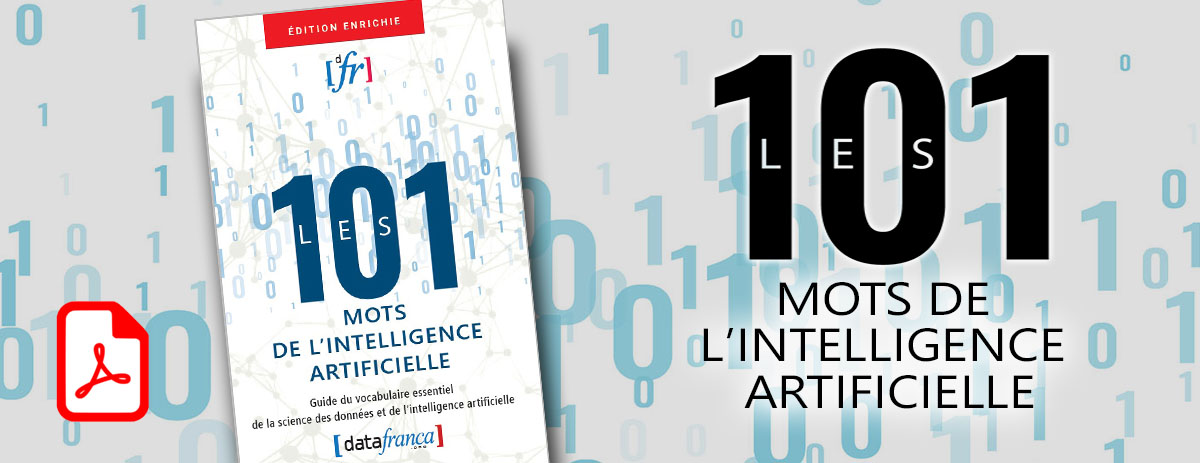Grammaire augmentée
en construction
Définition
xxxxxxx
Français
xxxxxxx
Anglais
augmented grammar
An augmented grammar is what you get if you take grammar rules (usually from a context-free grammar) and add extra information to them, usually in the form of feature information. For example, the grammar rule s → np vp can be augmented by adding feature information to indicate that say the agr feature for the vp and the np must agree:
In Prolog, we would write something like:
s(P1, P3, Agr) :- np(P1, P2, Agr), vp(P2, P3, Agr).
Actually, this is too tough - the agr feature of a VP, in particular, is usually fairly ambiguous - for example the verb "love" (and so any VP of which it is the main verb) has agr=[1s,2s,1p,2p,3p], and we would want it to agree with the NP "we" which has agr=[1p]. This can be achieved by computing the intersection of the agr of the NP and the VP and setting the agr of the S to be this intersection, provided it is non-empty. If it is empty, then the S goal should not succeed.
s(P1, P3, SAgr) :-
np(P1, P2, NPAgr),
vp(P1, P2, VPAgr),
intersection(NPAgr, VPAgr, SAgr),
nonempty(SAgr).
where intersection computes the intersection of two lists (regarded as sets) and binds the third argument to this intersection, and nonempty succeeds if its argument is not the empty list.
Augmented grammar rules are also used to record sem and var features in computing logical forms, and to express the relationship between the sem and var of the left-hand side and the sem(s) and var(s) of the right-hand side. For example, for the rule vp → v (i.e. an intransitive verb), the augmented rule with sem feature could be:
vp(sem(lambda(X, ?semv(?varv, X))), var(?varv)) →
v(subcat(none), sem(?semv), var(?varv))
where subcat none indicates that this only works with an intransitive verb.
Contributeurs: Imane Meziani, wiki










